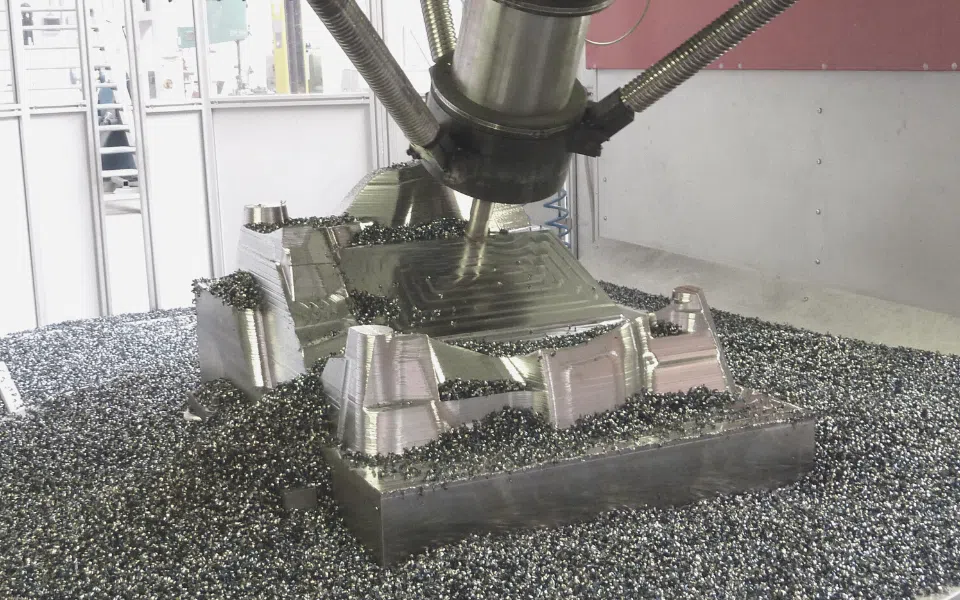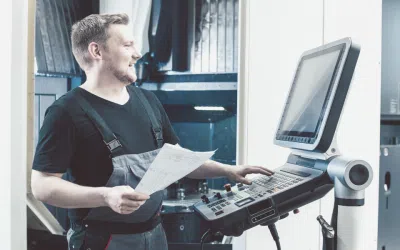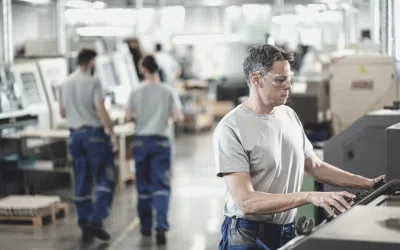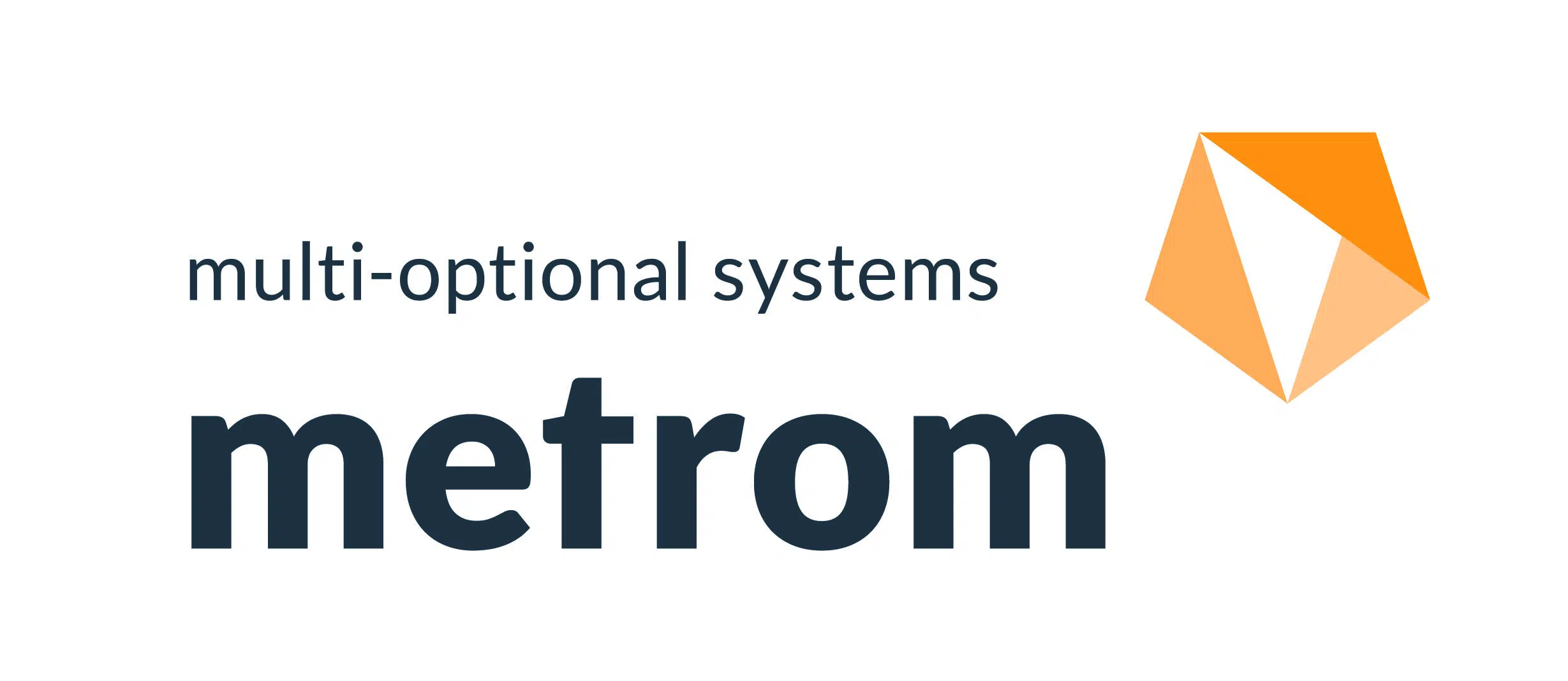Die casting is the process of injecting molten metal into a die or mold to create the desired shape. It is typically used for high-volume production runs and is capable of creating complex shapes. To achieve the desired final dimensions and shape, the die casting mold needs to be machined accurately.
This is where our Pentapod CNC machines come in. In this blog post, we’ll explore the benefits of machining a die casting mold with our Pentapods and why you should consider this method for your die casting needs.
Introduction to die casting and mold fabrication
As already mentioned, the die casting process involves injecting molten metal into a die or mold to create the desired part. Die casting is a traditional manufacturing process that offers many benefits, such as high production rates, consistent quality, and the ability to create complex shapes.
Before considering CNC machining, it is important to know how to die casting machine works. There are different methods of die casting, like gravity dies casting, low-pressure die casting, and high-pressure die casting. The main difference between these methods is the pressure at which the molten metal is injected into the die.
These are generally the 4 Steps of a typical casting process:
- Preparation: The die must be prepared before the gravity casting procedure begins. The idea is to heat it to a certain temperature and apply a fireproof coating or lubricant to it.
- Injection: After the completion of the preparation phase, the next step is to take molten metal directly from the furnace and pour it into a mold via a downward sprue. Either this can be done by hand or with an automatic machine, but in both cases, gravity pulls the molten liquid down into the casting.
- Cooldown: The metal should cool and solidify after it is placed in the mold. There must be enough time for the metal to take the shape of the mold, and it needs to be completely hardened before you unclamp the mold.
- Eject and trim: Once enough time has passed, the mold halves are loosened and opened, and the castings are carefully removed. Finally is to trim away any excess material. The part is usually cleaned before despatch to the customer.
The requirements for the die casting tool are therefore the demanding form and position tolerance, high form complexity, and high material stress.
Consequently, such die-casting molds must be made of very wear-resistant materials. The requirements for a CNC machine are as follows:
- High machine stiffness
- High dynamics and accuracy
- Flexibility (for different die casting mold design)
- The high degree of automation
- Thermal stability (adverse environmental conditions)
Thus, there are high requirements for a CNC machine to produce die-casting molds.
The benefits of die casting molds machining with our Pentapods
We have been building these patented and unique CNC machines for 20 years. It is immediately apparent that these CNC machines are different from the conventional manufacturers. This is due to the external icosahedron design and the 5 ball screws that protrude from the machine. But it is exactly these differences that bring the decisive advantages for the machining of large and difficult-to-machine die casting molds.
These are the most important benefits to manufacture die-casting molds with our CNC machines:
- High production rates: With our Pentapods, you can achieve high production rates. This is because our machines achieve a high metal removal rate with high spindle speed during machining.
- Consistent quality: With our Pentapods, you can achieve consistent quality. This is because our machines show high repeatability on even large workpieces.
- Ability to produce complex molds: With our Pentapods, you can produce your die casting mold with complex shapes. This is because our machines can machine a part from 5 sides in one setup with the 5 struts parallel kinematics. In one direction, the spindle can even be tilted up to 90° degrees, thus ensuring high flexibility.
- Resistant and still accurate: Our CNC machines are very robust and precise even in adverse environmental conditions. The accuracy is achieved in particular by the high inherent rigidity of the machine thanks to the icosahedron shape. Even with fluctuating ambient temperatures, the machine continues to operate with consistent accuracy thanks to the integrated temperature control of the housing and struts. Finally, the ball screws are protected against environmental contamination using a pressurized enclosure.
Conclusion
In conclusion, machining of a die casting mold with our Pentapods has many benefits including high production rates, consistent quality, ability to produce complex molds, and resistance to environmental conditions. Our machines are the perfect solution for mold production. Contact us today to know about our machines and how we can help you achieve your die-casting goals.
However, if you are looking for a subcontractor for mold production, we can recommend millfax GmbH. We have been working with this company for 20 years, they do the manufacturing with our Pentapod machining centers.








